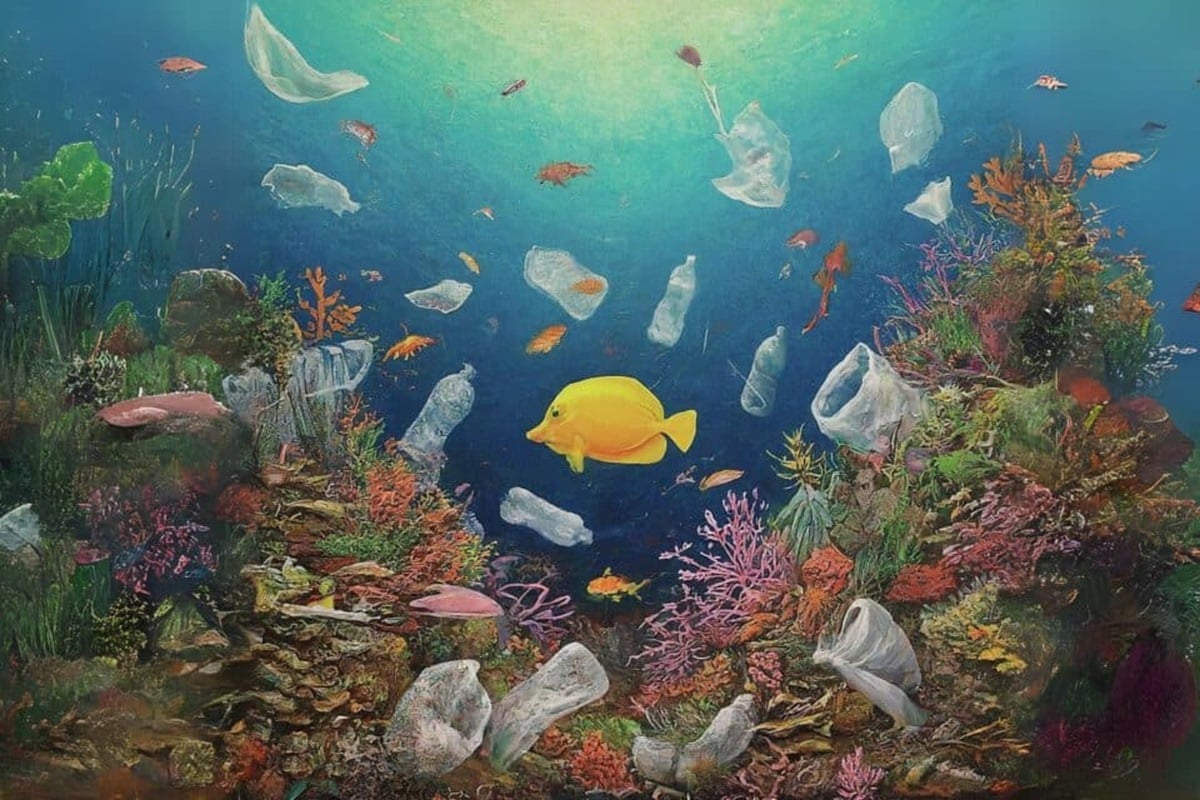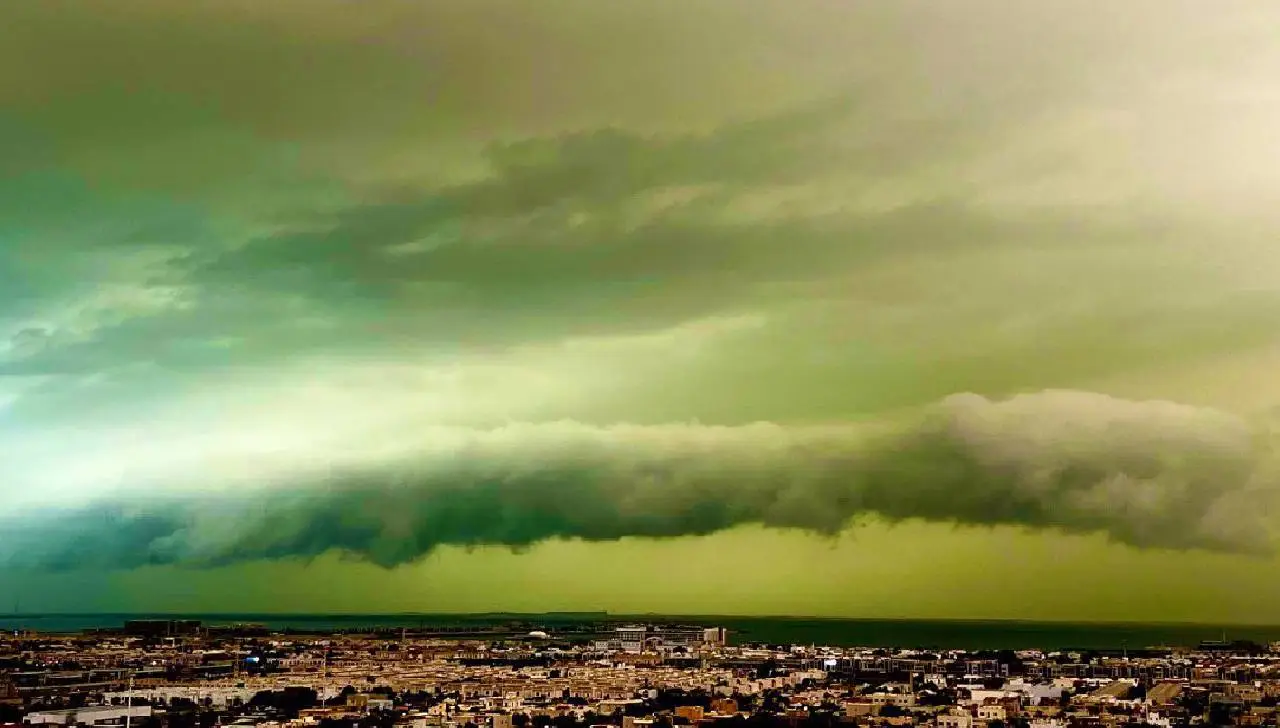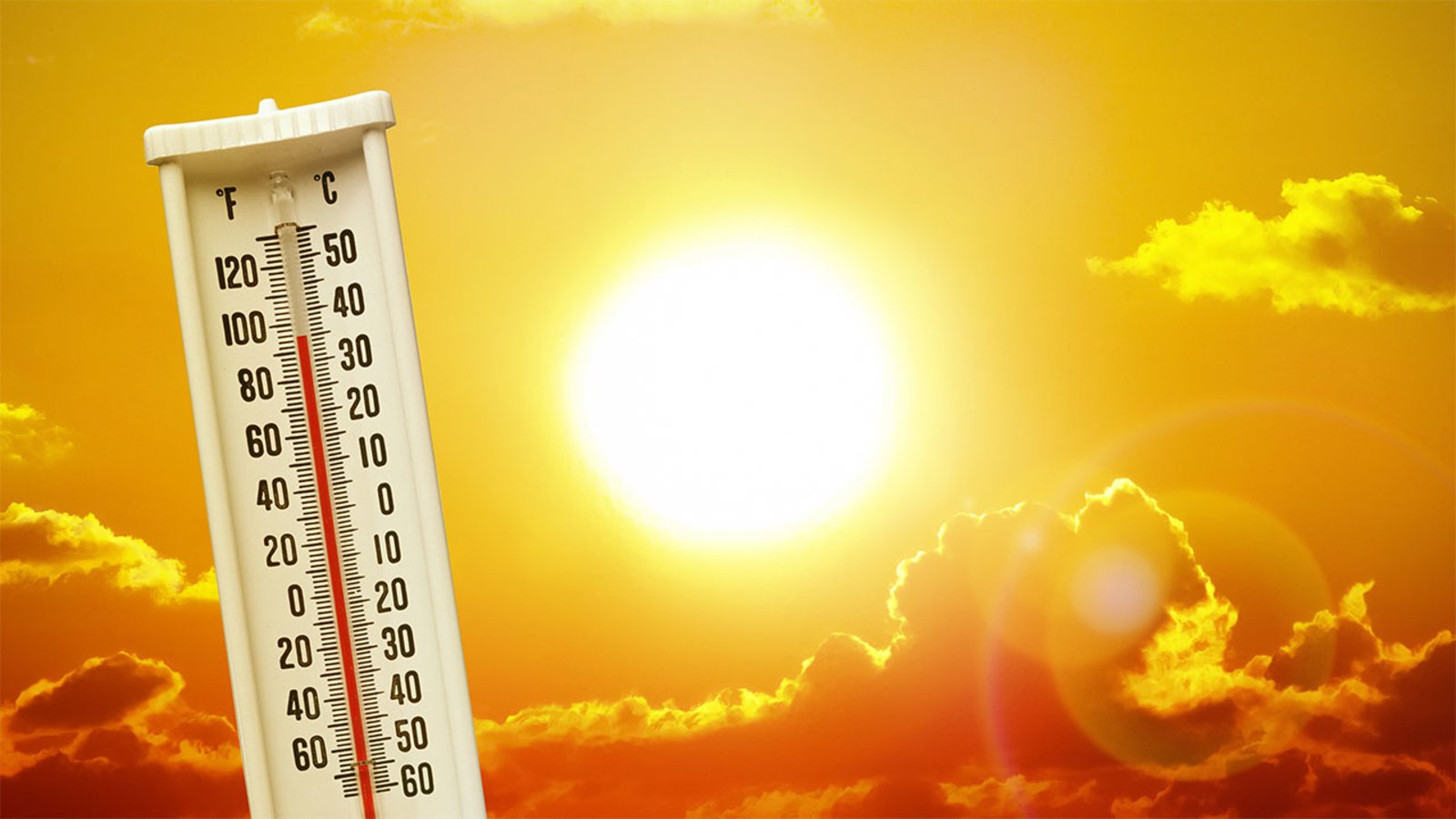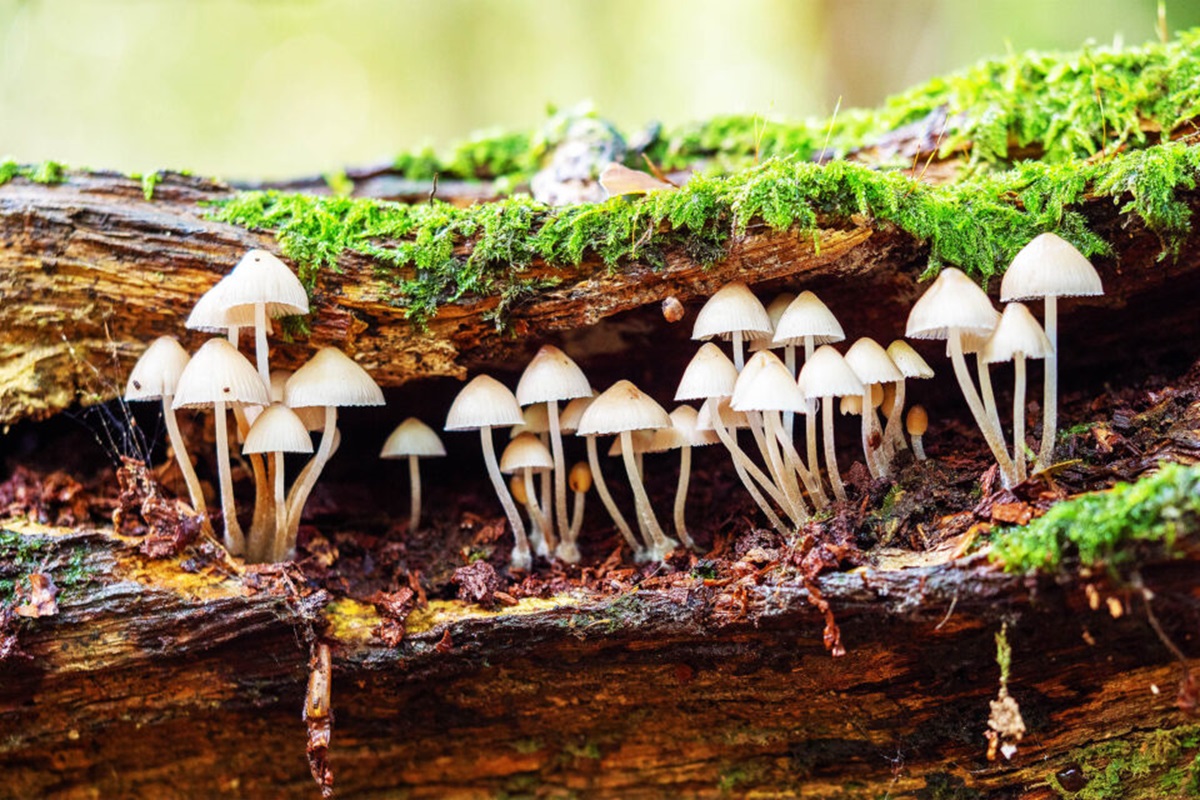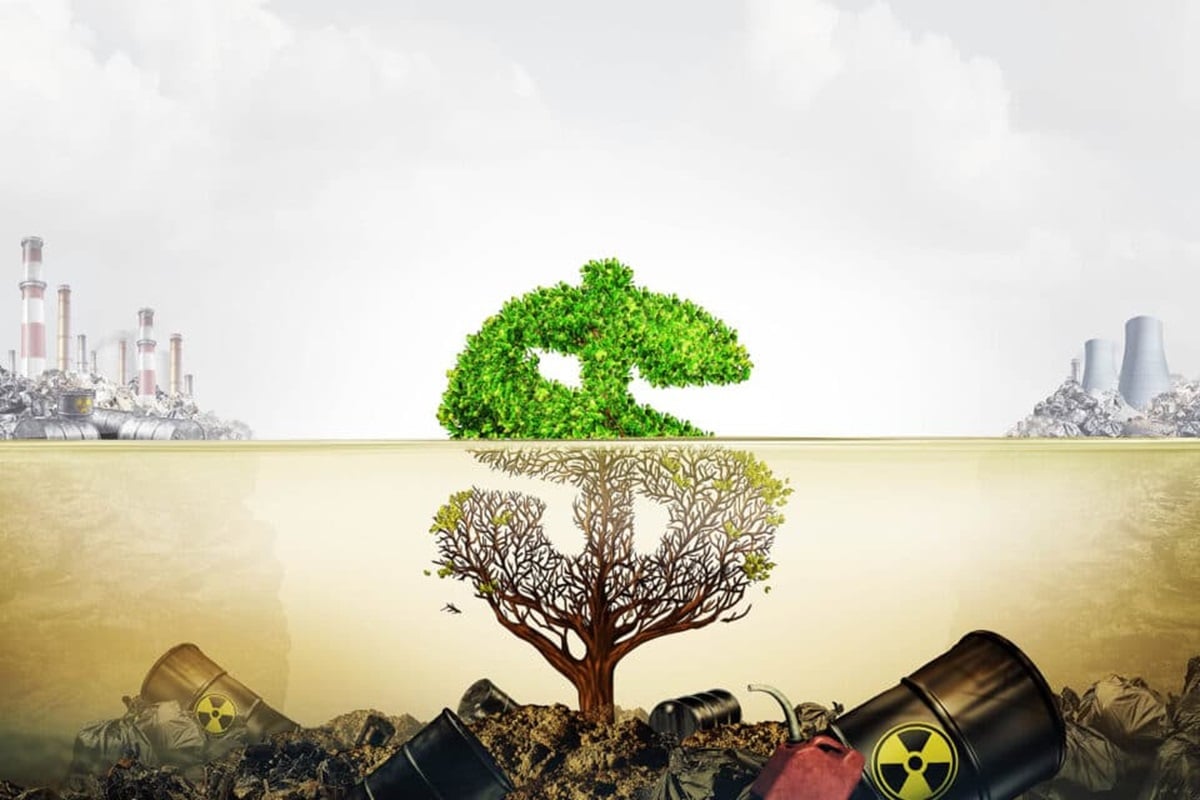Earth Day has been a significant event since it started in 1970. People from all over the world come together on April 22nd to celebrate Earth Day. It’s a time to show love and care for our planet. Earth Day reminds us of the importance of protecting our environment.

Back in 1970, the first Earth Day happened. People were worried about the damage humans were causing to the Earth. They protested and demanded action to save the planet. Today, Earth Day is still important. It’s a reminder that we need to take care of our home.
Plastic is a big problem for our planet. It’s everywhere and causes a lot of harm. On Earth Day 2024, people are focusing on the issue of plastic pollution. They want to reduce the amount of plastic we produce by a lot. In April, leaders from different countries are meeting in Ottawa. They’re talking about a treaty to reduce plastic pollution. This treaty could make a big difference in how we use plastic.
Earth Day has made a difference in the past. After the first Earth Day, the United States created the Environmental Protection Agency (EPA). This helped make laws to protect the environment. Earth Day also helped make recycling popular around the world.
But there’s still a lot to do. Climate change is a big problem. It’s causing extreme weather and rising sea levels. Earth Day reminds us that we need to take action to stop climate change.
Nature is important for our planet. It helps us in many ways, like cleaning the air and providing habitats for animals. But we’re destroying nature faster than ever before. Deforestation, pollution, and overfishing are hurting our planet.
Earth Day 2024 is a reminder that we need to protect nature. We need to take care of our planet for ourselves and for future generations. It’s up to all of us to make a difference and create a better world.

